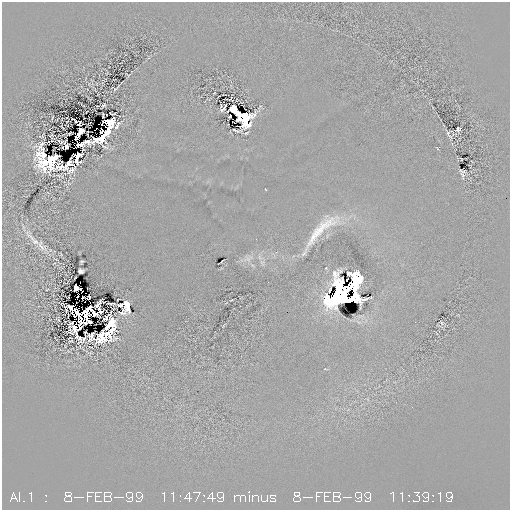
They are often found to be heated beyond chromospheric temperatures and appear in the transition region and (even) coronal passbands. Spicules are found almost everywhere on the Sun's surface and at any given moment there can be as many as 10 million of them rapidly shooting outwards. With the help of coordinated high-resolution, ground- and space-based observations from the Swedish 1-m Solar Telescope (SST) on La Palma, Spain, and NASA's Interface Region Imaging Spectrograph (IRIS) and Solar Dynamics Observatory (SDO), along with the support from an advanced numerical simulation, I aim to unlock some of the mysteries surrounding the dynamics of the interface region with a focus on small-scale jets, known as "spicules". Astrophysicists think that the layer sandwiched between the photosphere and the corona, known as the interface region, may hold the key to a better understanding of the nature of this enigma. For example, it is largely unknown why the outermost layer of the Sun's atmosphere (the solar corona) is so much hotter than the photosphere by millions of degrees. A detailed understanding of the physical processes involved in these layers is still lacking. Popular scientific summary - The atmosphere of the Sun is envisioned as composed of inherently complex, non-homogeneous, and dynamic layers. This model has been experimentally validated by a polarimetric study of the THz pulse using an innovative EO detection. The obtained results are perfectly described by a model that we have developed. We have performed a complete characterization of the generated THz signal (in modulus and orientation). We also studied the possibility to improve the efficiency of the THz generation by adding a helium plasma jet or the gas alone. In particular, we have been interested in the polarization behavior of the observed phenomena. We have carried out a complete polarimetric study of the E-field generated by electrodes or by ionization of a gas like helium.
Sun corona injections free#
In both cases (plasma generated with a high voltage source and plasma due to air breakdown), we have detected an electric field (of the order of MV/m for plasma analysis and of a few V/m for high frequency generation) either with a pigtailed electro-optical probe, or by using an experimental free space EO bench (developped at IMEP-LAHC). The other part is devoted to the nonlinear interaction between a cold plasma and an optical pulse wave for the parametric generation of Terahertz (THz) waves. Firstly, this thesis work concerns the non-invasive vector characterization of the electric field associated to cold plasmas (dielectric barrier discharge, atmospheric plasma jet. Among all the relevant characteristics of a plasma, the spatial distribution and the temporal evolution its associated electric field (E-field) is a subject of major interest and one of the more critical parameters to be analyzed.

Sun corona injections movie#
S4 and S5 and movie S9.ĭue to the wide range of applications of discharges and plasmas, their characterizations have been receiving a revival of interest these last couple of years. A detailed, annotated description of the sequence of events in this figure is available as movie S8. Spacetime plots along the line connecting the black and white short lines (at top and bottom of top panels) for the intensity (lower left panels for the 171 Å panel, the time average has been subtracted) and the running time difference (40 s, lower right panels) show rapid upflows and fading at heights below 15 Mm (marked by crosses in the lower panels) for Ca II, followed by parabolic paths up to heights of 20 to 25 Mm for He II 304 Å and upward-propagating disturbances in Fe IX 171 Å (visible in running time-difference panels). The top panels show, from top to bottom, the temporal evolution of a succession of type II spicules visible as jetlike features in Ca II H 3968 Å and He II 304 Å, and as absorbing features at the bottom and streaklike brightenings at the spicule tops in Fe IX 171 Å. Typical dynamic and thermal evolution of type II spicules at the coronal hole limb on 27 April 2010.


 0 kommentar(er)
0 kommentar(er)
